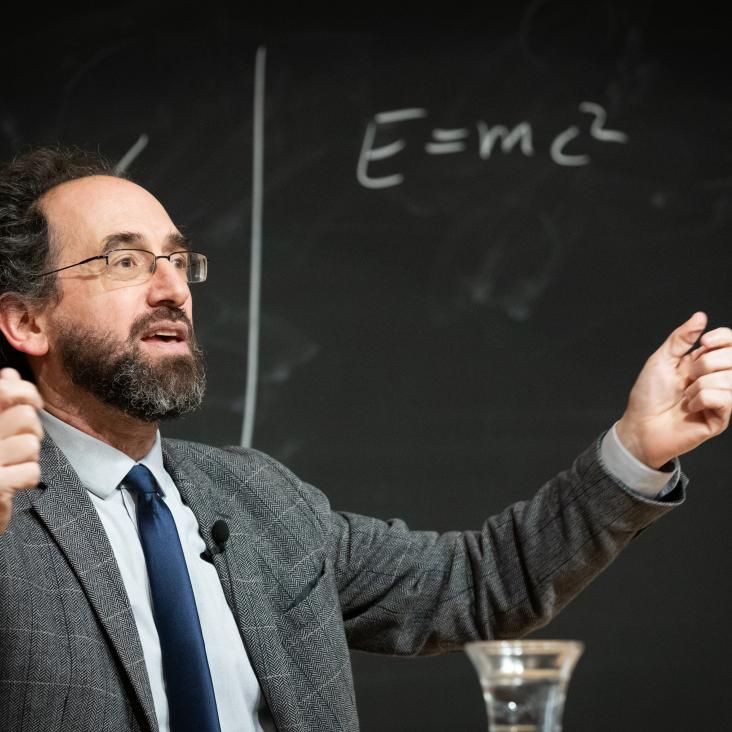Finite temperature effects on Majorana bound states in chiral $p$-wave superconductors
(2019)
Approximating observables on eigenstates of large many-body localized systems
Physical review B: Condensed matter and materials physics American Physical Society 99 (2019) 104201
Abstract:
Eigenstates of fully many-body localized (FMBL) systems can be organized into spin algebras based on quasilocal operators called l-bits. These spin algebras define quasilocal l-bit measurement (τzi) and l-bit flip (τxi) operators. For a disordered Heisenberg spin chain in the MBL regime we approximate l-bit flip operators by finding them exactly on small windows of systems and extending them onto the whole system by exploiting their quasilocal nature. We subsequently use these operators to represent approximate eigenstates. We then describe a method to calculate products of local observables on these eigenstates for systems of size L in O(L2) time. This algorithm is used to compute the error of the approximate eigenstates.Fractional oscillations
Nature Physics Springer Nature 15:6 (2019) 527-528


